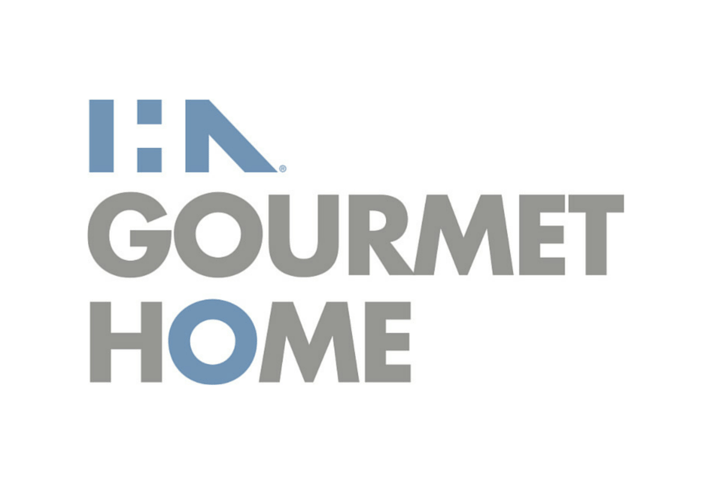Every January as consumers begin the new year with resolutions for a new body, research shows that when it comes down to actually eating, Americans are less focused on dieting and more focused on adopting a healthier lifestyle.
Instead of turning to diet aids and products, consumers are looking for the authenticity and purity of the foods they eat, according to The NPD Group’s Eating Patterns in America annual report.
It is a trend retailers may want to notice: dieting among U.S. consumers has been declining over the past decade, the report says. In recent years, about 22 percent of consumers say they are currently on a diet, 32 percent say that they were never on a diet and the remaining consumers have tried dieting for varying lengths of time.
Consumers who are on a diet say they prefer their own diet and are getting creative in defining what aspects of diets work for them and their schedules. According to the NPD report, this is a sign that consumers are more interested in lifestyles than they are in dieting.
Which isn’t great news for those who make products aimed at dieting, says Darren Seifer, NPD food and beverage industry analyst. “Consumers are looking for authenticity and simplicity as part of a healthy lifestyle, which to them has more staying power than diet or fads,” Seifer says.
While counting calories is’t going away entirely, the percentage of adults looking for calories on food nutrition labels has steadily declined over the past five years, as more consumers look as well to the sugar, fat and sodium content of foods.
Calories, though, are still the most popular focus of health-related phone apps the report found, with 55 percent of consumers using phone apps to track their caloric intake. Despite a declining interest in traditional calorie counting diets, most adults would still like to lose weight and according to Eating Patterns in America, have opted to lose those extra pounds by through exercise and healthy eating.
More than half of Americans under the age of 65 say they are exercising strenuously at least once a week, with exercise valued the most among those under 45. And consumers are opting for less processed foods, preferring fresh foods, like those found along the perimeter of grocery stores. They actively avoid “unnatural elements,” like high-fructose corn syrup, artificial sweeteners and anything with genetically modified organisms (GMOs).
NPD forecasts that consumer interest in natural fresh foods will continue to increase over the next several years, Seifer says. “To ensure future growth, food marketers will need to make sure to promote the fresh or natural element of products to reflect the consumer need for authenticity,” he says.



